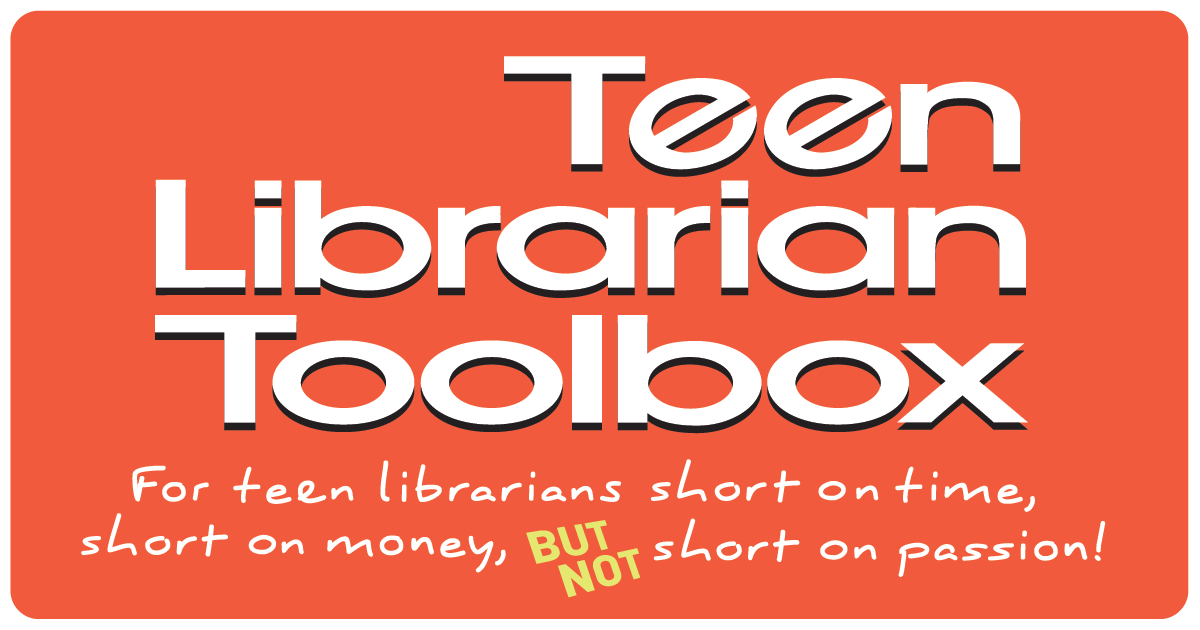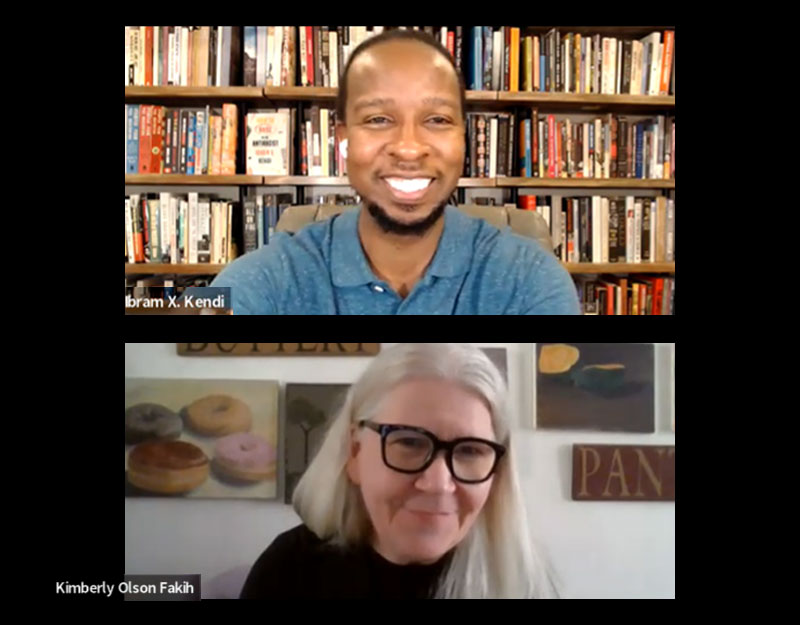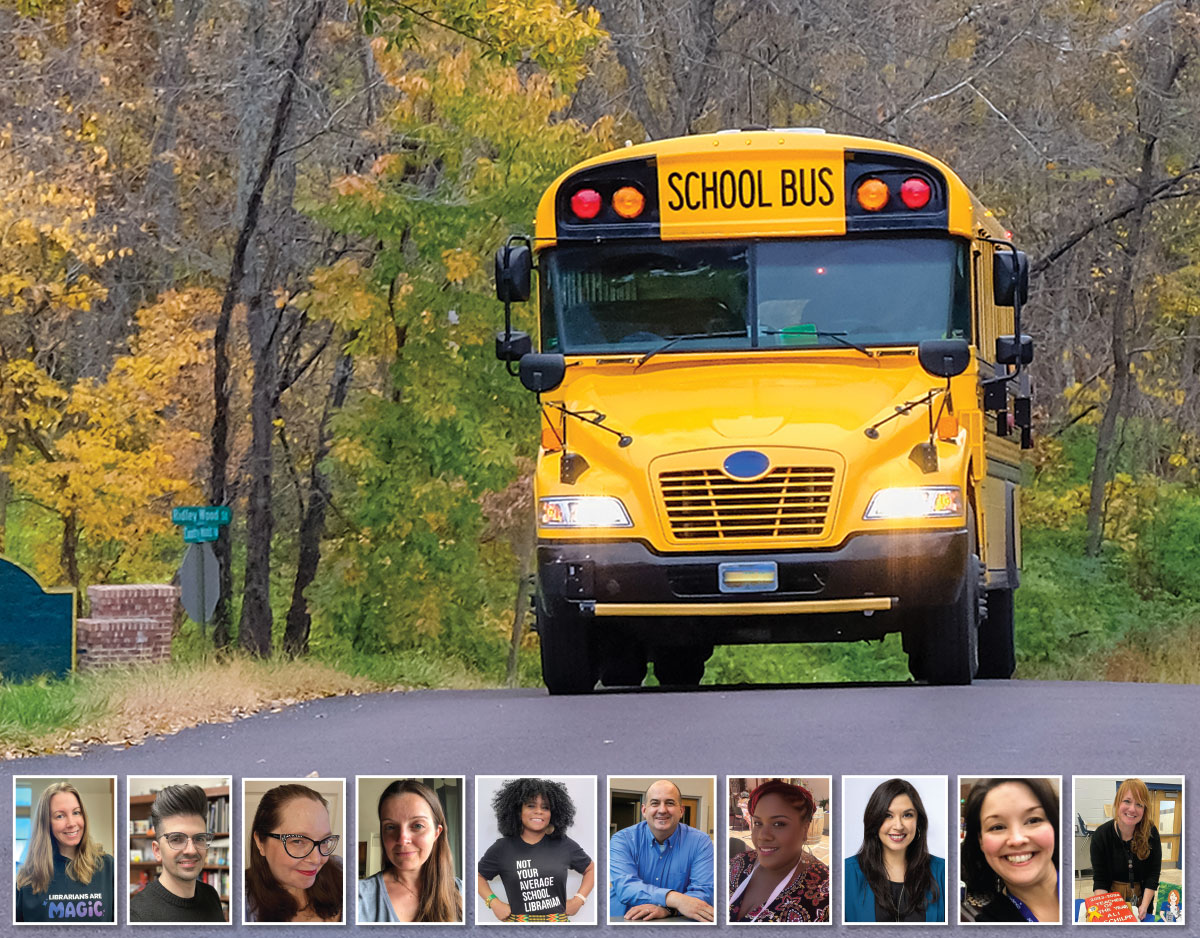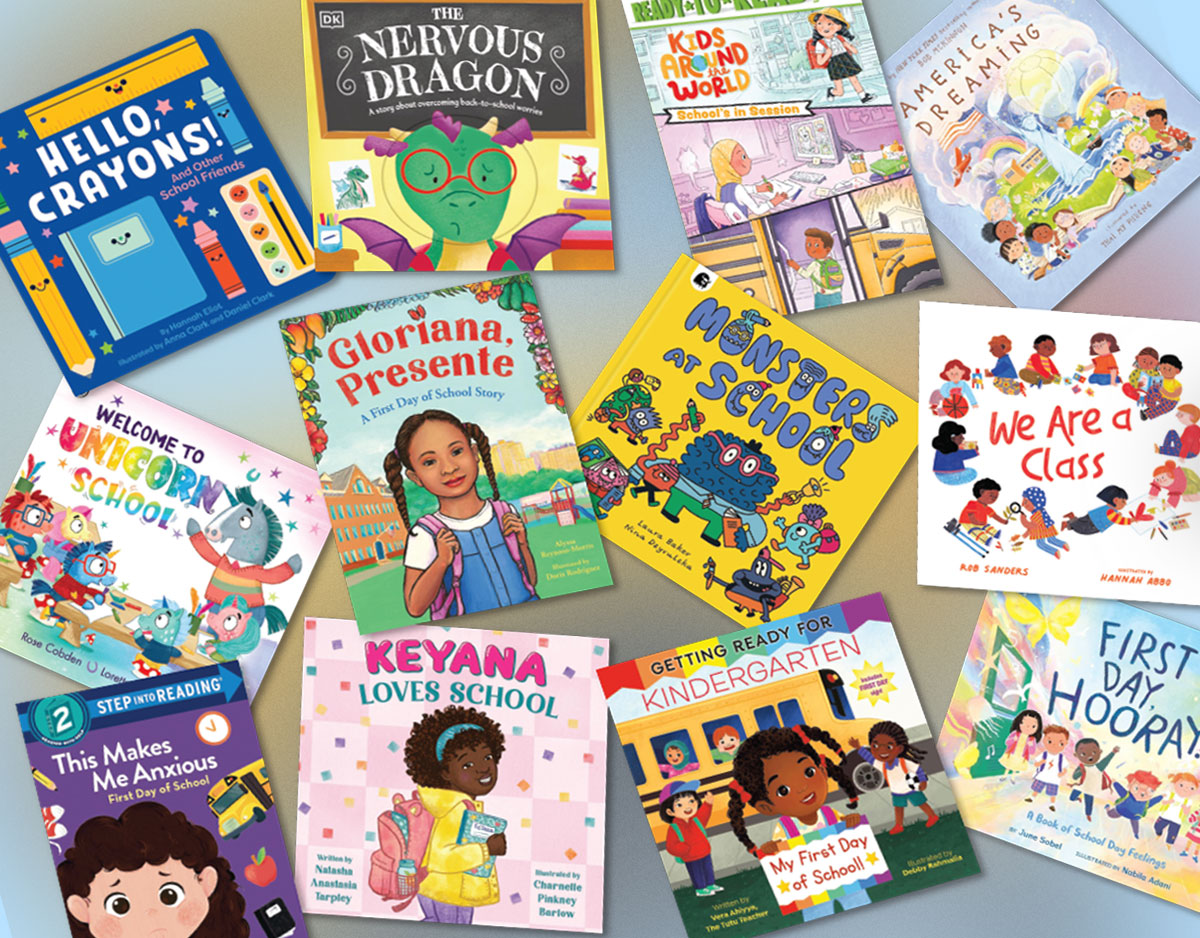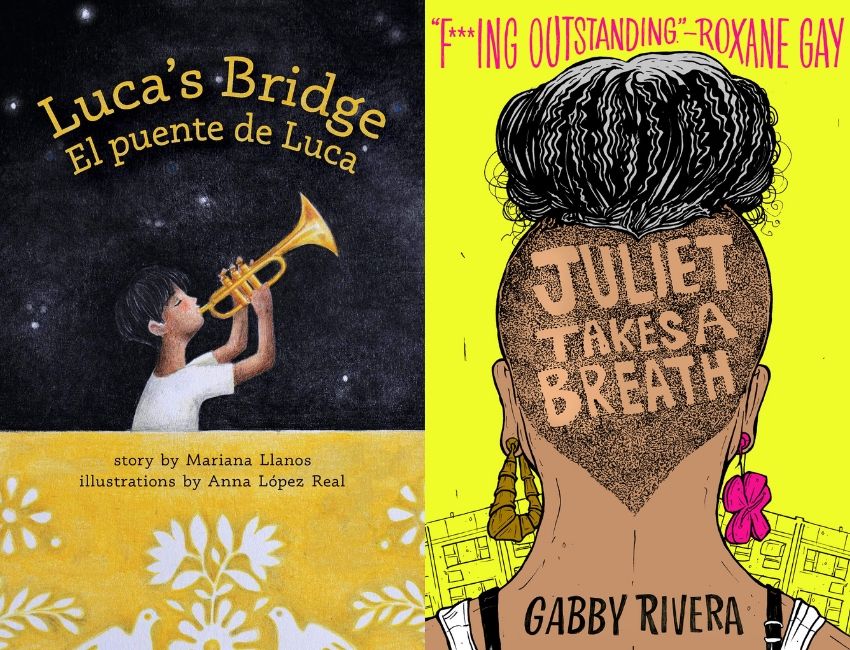On Coming Out (or Not) in Queer Middle Grade, by author Sarah Kapit

Coming out isn’t a one-time thing.
While this statement is obvious to LGBQT+ people, traditional media narratives about queer people have often treated coming out like it’s one-and-done. The story usually goes something like this: Queer person discovers they are queer. After some angst, they decide to come out. Then they triumphantly come out, usually to their parents. Everyone hugs it out. The end.
The reality of coming out is more complicated. When I wrote a lesbian main character in my novel Second Chance Summer, I wanted to honor that complexity. At the beginning of the novel, my character Chloe doesn’t quite know that she’s queer. She’s had crushes on girls before, and she doesn’t get why so many other girls at her middle school are enamored by boys. But she hasn’t yet put a word to the things she’s feeling.
ADVERTISEMENT
ADVERTISEMENT
Part of this is because of Chloe’s complex relationship with her mom, whom she refers to as Cordelia. Chloe is a child actor, and Cordelia is obsessed with maintaining Chloe’s public image. For feminine, pretty girl Chloe, queerness isn’t part of the desired image. When Chloe cuts her hair short without Cordelia’s permission, Cordelia is upset. “We don’t want people to think that you’re a lesbian,” she tells her daughter. Quickly, she adds “not that there’s anything wrong with that!”
With a parent like Cordelia, finding the right word to describe herself becomes much harder for Chloe. Fortunately, she’s able to get away from her mom for a month thanks to theater camp. Chloe stars as Galinda in the camp production of Wicked, enabling her to explore herself away from her mother’s watchful eye. When she starts crushing on her co-star, everything starts to fall into place. Chloe comes out as a lesbian to herself, her crush, and her ex-best friend Maddie, the novel’s other main character.
But she does not come out to her mother.
I thought about this long and hard when I was writing the book. Part of me felt like I had to write Chloe coming out to Cordelia if I wanted her to have a queer happy ending. But as I was writing, this neat resolution just didn’t feel right.
At this point in her life, Chloe just isn’t ready to confront her mom’s casual homophobia and upend Cordelia’s misconceptions about her. Maybe she will be ready in the future—but right now, she isn’t. And that’s okay.
Like I said at the beginning, most queer people must come out over and over again, to different people at different points in our lives. It’s not like we can just say “I’m queer” once and have the whole thing be done with. Unfortunately, our world still assumes heterosexuality and cisgender identity as the norm. Hence, queer people must come out. Again, and again, and again.
I ultimately felt like it was a happy (and realistic) ending for Chloe to be out to some, but not all, of the most important people in her life. Kids need all kinds of queer stories. Maybe some queer kids can relate to Chloe, and maybe others have different experiences. But the point should be that there’s no one way to be queer, and no one way to come out.
In recent years, we’ve seen a truly beautiful growth of queer middle-grade literature. Increasingly, queer books have presented many different ways of grappling with the coming-out question.
For some queer characters, like Noah in Maggie Horne’s Noah Frye Gets Crushed, coming out to oneself is the biggest story. Horne’s latest book—which is already my favorite middle-grade title of the year—offers a nuanced examination of what it’s like to be queer in a heteronormative culture. Even though most of the people in Noah’s life aren’t blatantly homophobic, she assumes that she should be crushing on boys, not girls. Noah’s story of self-discovery is truly beautiful to experience. This must-read book is one example of a coming-out story that defies a simplistic narrative.
ADVERTISEMENT
ADVERTISEMENT
Other recent queer books have grappled with the fact that coming out can be complicated. In Phil Stamper’s Small Town Pride, Jake must navigate the difficulties of being recently out. Jake’s dad’s somewhat cringe decision to hang an overly large pride flag in their front yard ends up having unforeseen consequences. The book beautifully demonstrates that even with supportive parents, being out isn’t always easy.
Many other recent LGBTQ+ books have also approached this issue with nuance and care. Rahul in Maulik Pancholy’s The Best at It is tormented by racist and homophobic bullies at his school. He eventually comes out to them in a beautiful, powerful scene—but only because he has been bullied so badly. Rahul’s story shows that sometimes coming-out stories can be prompted by trauma.
For the titular protagonist in Nicole Melleby’s In the Role of Brie Hutchens…, the idea of coming out to her Catholic mom provokes anxiety. When Brie does come out, her mom does not respond by saying “that’s wonderful, honey!” Life remains quite complicated for both Brie and the girl she begins to date.
Although scenes like this are heart-wrenching, they are much needed in middle-grade literature. Unfortunately, we cannot in good conscience tell queer kids that everyone in their life is going to accept their queer identities. No matter how much we might wish that this was the case.
Coming out is oftentimes hard. We need stories that reflect that truth.
Meet Sarah Kapit

Award-winning author of SECOND CHANCE SUMMER, GET A GRIP, VIVY COHEN! and THE MANY MYSTERIES OF THE FINKEL FAMILY
Coming in 2024/2025: The Rachel Friedman chapter book series (starting with RACHEL FRIEDMAN BREAKS THE RULES)
Filed under: Middle Grade, Middle Grade Fiction, Mind the Middle, Mind the Middle Project
About Karen Jensen, MLS
Karen Jensen has been a Teen Services Librarian for almost 30 years. She created TLT in 2011 and is the co-editor of The Whole Library Handbook: Teen Services with Heather Booth (ALA Editions, 2014).
ADVERTISEMENT
ADVERTISEMENT
SLJ Blog Network
One Star Review, Guess Who? (#211)
Cover Reveal and Q&A: Dusti Bowling’s Latest – The Beat I Drum (Apr 2025)
Girlmode | Review
The Seven Bills That Will Safeguard the Future of School Librarianship
Gayle Forman Visits The Yarn!
ADVERTISEMENT

